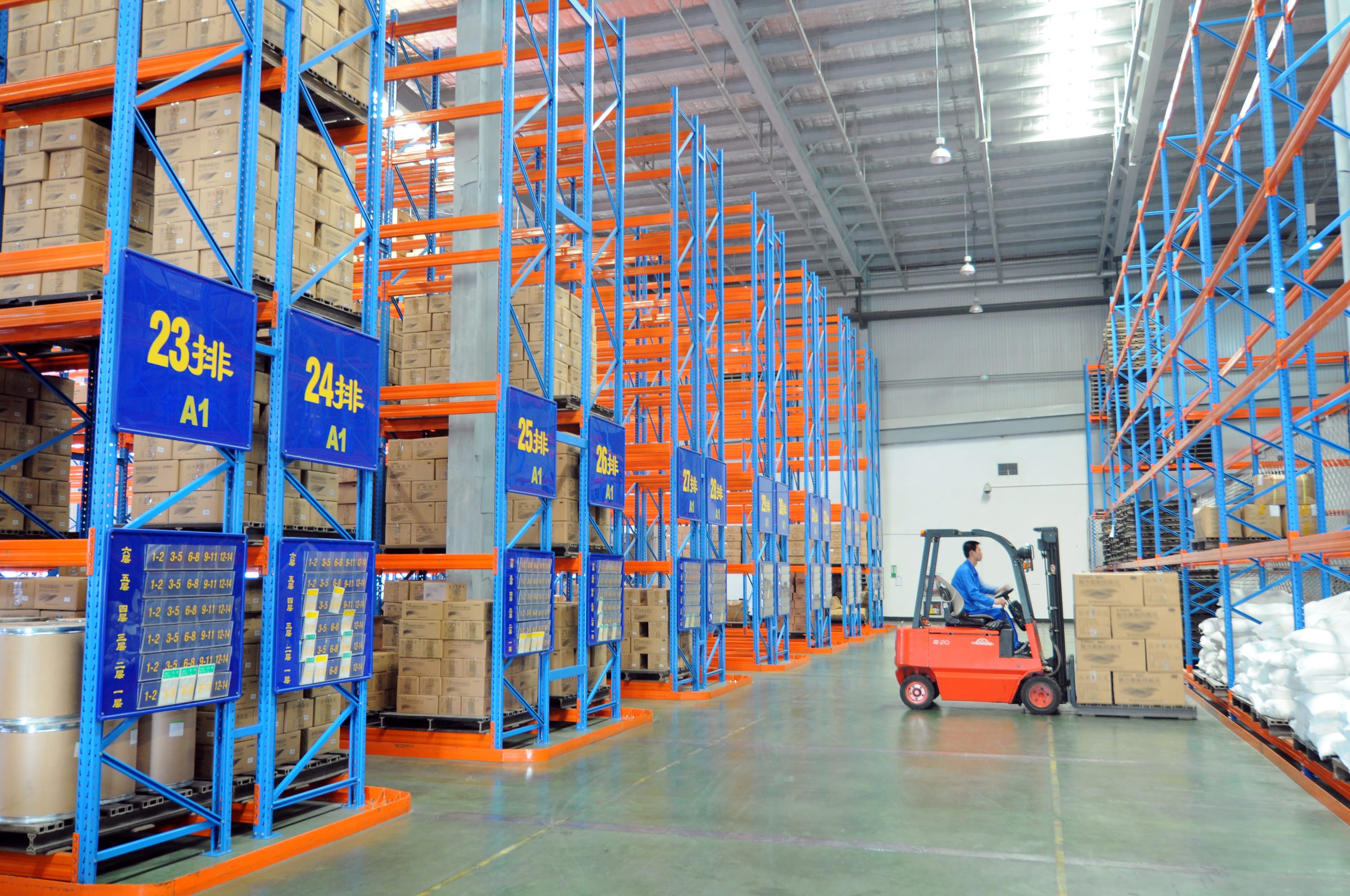 Most field service companies have an inventory replenishment strategy in place, but more often than not, it wasn’t designed strategically. We recently spoke with Dave Cook, CEO of Right Sized Inventory, about the value of cloud technology to determine optimal inventory levels and reduce excess inventory. Before a company can invest in technology to optimize operations, it must think about the supply chain and how impactful and valuable each part is. Here, Cook shares three smart ways to segment inventory assets.
Most field service companies have an inventory replenishment strategy in place, but more often than not, it wasn’t designed strategically. We recently spoke with Dave Cook, CEO of Right Sized Inventory, about the value of cloud technology to determine optimal inventory levels and reduce excess inventory. Before a company can invest in technology to optimize operations, it must think about the supply chain and how impactful and valuable each part is. Here, Cook shares three smart ways to segment inventory assets.
What’s the first thing an organization needs to consider when managing inventory planning?
One of the biggest problems that some companies have is that from the beginning, they don’t have a good strategy around how they’re going to plan, hold and replenish inventory. Analysis is dependent on the strategy that a company sets.
One inventory replenishment strategy isn’t necessarily right for every part of your business. In a manufacturing setting, companies often utilize a simple visual replenishment technique like two-bin kanban on the factory floor, but that strategy is not good back at their parts depot. Right there you’re talking about supply chain strategy, but not a lot of companies have a sophisticated strategy for setting up those replenishment strategies in the first place.
What suggestions would you give companies for setting up a supply chain strategy?
The classic segmentation mechanisms are simple enough. I would segment by item value and average usage, what people often call ABC segmentation. Your A items are your highest value and have the biggest impact on the inventory balance in your business, and conversely, your C items are your lowest value and don’t have a significant impact.
There’s a secondary segmentation around the supply chain. Related to those ABC categories, companies must understand what is the supply chain for those items, how volatile is that supply chain and what impact that is going to have on the inventory analysis.
A classic story is there are a lot of companies that manufacture printed circuit boards. They’re using a lot of the classic electrical components — resistors, transistors, capacitors — and those electronic components can be very volatile because there have been periods where they’re globally constrained. Now your lead time for those items could be very volatile. If a company sets up a simple replenishment mechanism, like kanban and attempts to use it to replenish those items, they can get themselves in trouble because simple replenishment mechanism relies on your ability to replenish the inventory within a certain period of time. If the period of time varies dramatically, then it’s difficult to rely on.
A third, more subtle means of segmentation, is how reliable are the inventory levels in your system. Most companies track part inventory in their system, but at different parts of the business, the level of reliability of the inventory are different. Most companies have a high degree of accuracy in the store room, so you can use a variety of different techniques such as electronic demand-driven techniques like reorder point or min/max, which can simplify management of the inventory. On the other hand, on the factory floor, inventory levels are often inaccurate because inventory management is often done by some type of automated consumption mechanism. Since inventory levels in the system aren’t always reliable, visual replenishment like two-bin kanban can be very effective even if the inventory balance in the system is incorrect.

Share this: